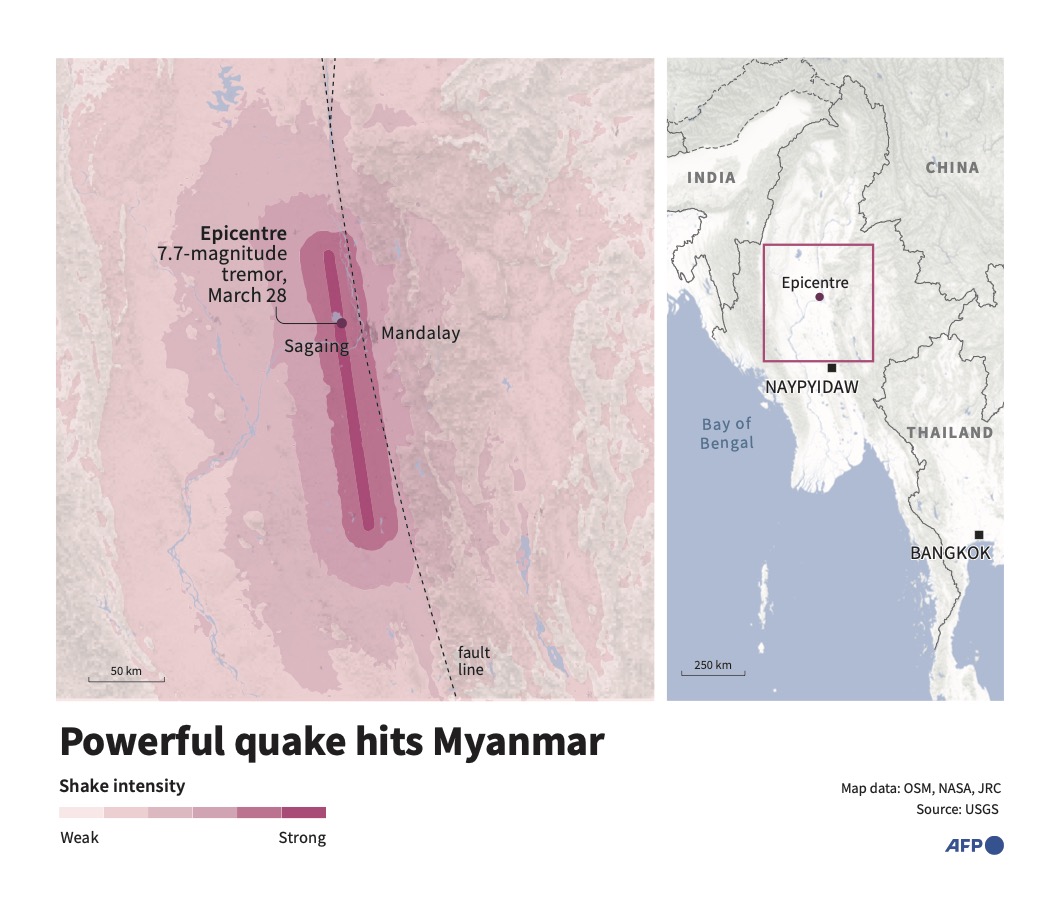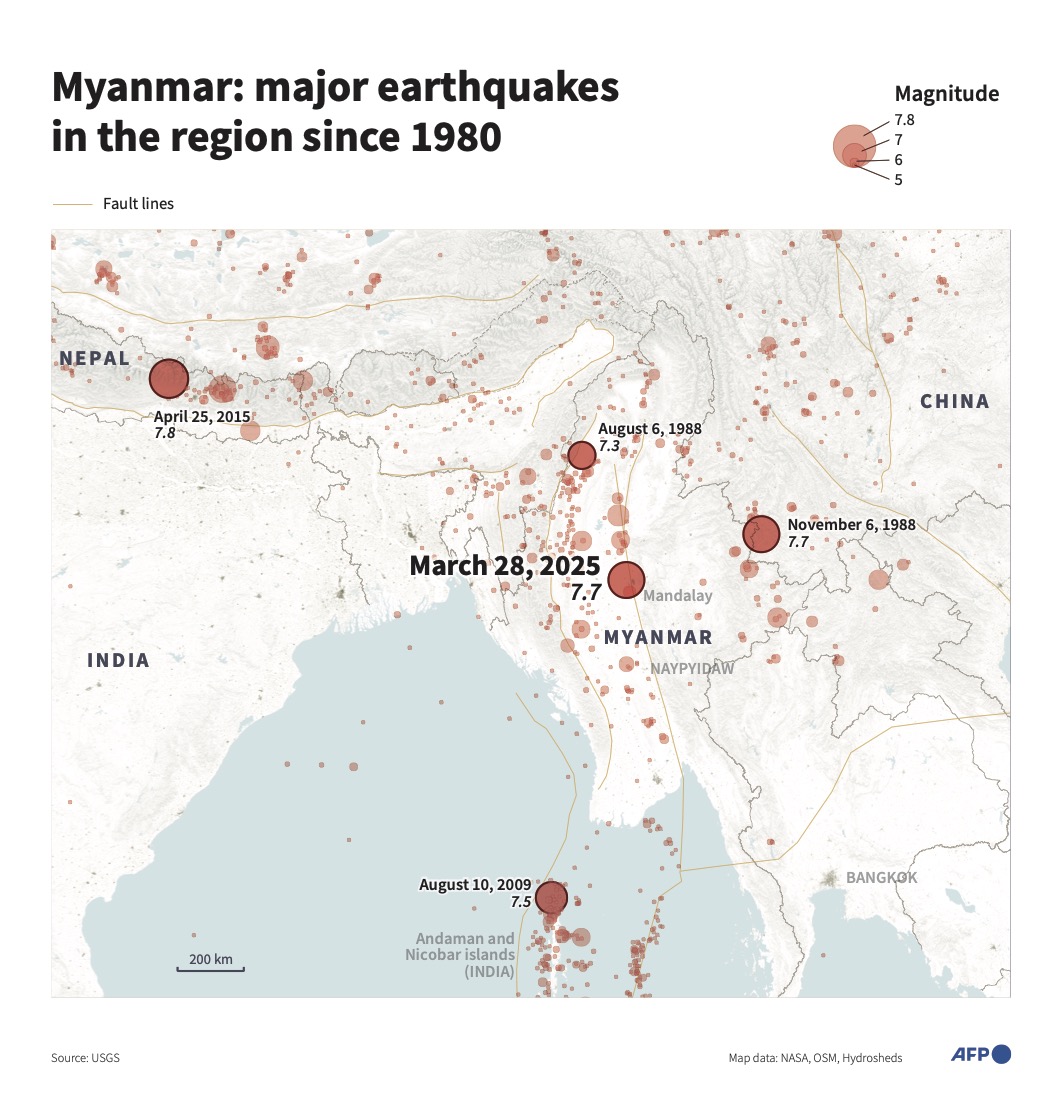WASHINGTON: China remains the United States’ top military and cyber threat, according to a report by US intelligence agencies published on Tuesday that said Beijing was making “steady but uneven” progress on capabilities it could use to capture Taiwan.
China has the ability to hit the United States with conventional weapons, compromise US infrastructure through cyberattacks, and target its assets in space, and also seeks to displace the US as the top AI power by 2030, the Annual Threat Assessment by the intelligence community said.
Russia, along with Iran, North Korea and China, seeks to challenge the US through deliberate campaigns to gain an advantage, with Moscow’s war in Ukraine having afforded it a “wealth of lessons regarding combat against Western weapons and intelligence in a large-scale war,” the report said.
Released ahead of testimony before the Senate Intelligence Committee by President Donald Trump’s intelligence chiefs, the report said China’s People’s Liberation Army (PLA) likely planned to use large language models to create fake news, imitate personas, and enable attack networks.
“China’s military is fielding advanced capabilities, including hypersonic weapons, stealth aircraft, advanced submarines, stronger space and cyber warfare assets and a larger arsenal of nuclear weapons,” Director of National Intelligence Tulsi Gabbard told the committee. She labeled Beijing as Washington’s “most capable strategic competitor.”
“China almost certainly has a multifaceted, national-level strategy designed to displace the United States as the world’s most influential AI power by 2030,” the report said.
CIA Director John Ratcliffe told the committee that China had made only “intermittent” efforts to curtail the flow of precursor chemicals fueling the US fentanyl crisis due to its reluctance to crack down on lucrative Chinese businesses.
Trump has increased tariffs on all Chinese imports by 20 percent to punish Beijing for what he says is its failure to halt shipments of fentanyl chemicals. China denies playing a role in the crisis, which is the leading cause of US drug overdose deaths, but the issue has become a major point of friction between the Trump administration and Chinese officials.
INTELLIGENCE LEAK FUROR OVERSHADOWS HEARING
“There is nothing to prevent China ... from cracking down on fentanyl precursors,” Ratcliffe said.
China’s embassy in Washington did not respond immediately to a request for comment.
The committee hearing was overshadowed by Democratic senators grilling Ratcliffe and Gabbard over revelations that they and other top Trump officials discussed highly sensitive military plans in a Signal messaging app group that accidentally included a US journalist.
Numerous Republican senators focused their questioning on undocumented immigrants in the United States.
The intelligence report said large-scale illegal immigration had strained US infrastructure and “enabled known or suspected terrorists to cross into the United States.”
The intelligence agencies said Iran was committed to developing surrogate networks inside the US and to targeting former and current US officials.
While Iran continued to improve its domestically produced missile and UAV systems and arm a consortium of “like-minded terrorist and militant actors,” they said, the US continues to assess that Tehran “is not building a nuclear weapon.”
But US concerns about China dominated about a third of the 33-page report, which said Beijing was set to increase military and economic coercion toward Taiwan, the democratically governed island China claims as its territory.
“The PLA probably is making steady but uneven progress on capabilities it would use in an attempt to seize Taiwan and deter — and if necessary, defeat — US military intervention,” it said.
Still, it said, China faces “daunting” domestic challenges, including corruption, demographic imbalances, and fiscal and economic headwinds that could impair the ruling Communist Party’s legitimacy at home.
China’s economic growth probably will continue to slow because of low consumer and investor confidence, and Chinese officials appear to be bracing for more economic friction with the US, the report said.



























